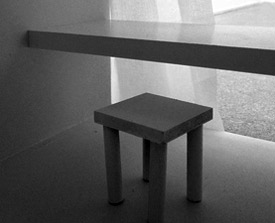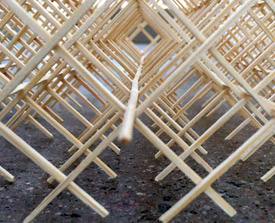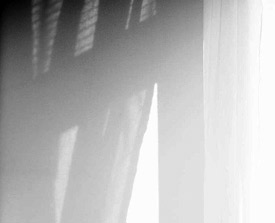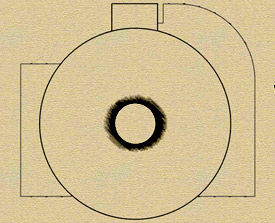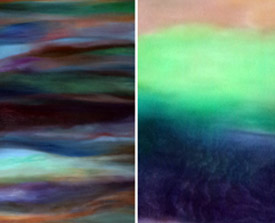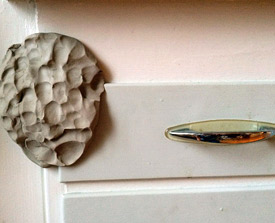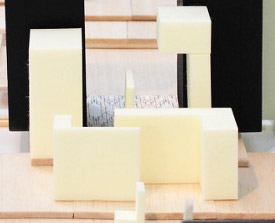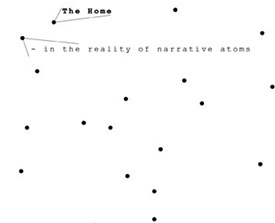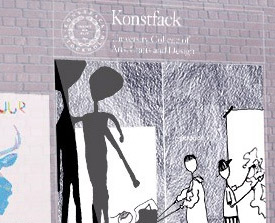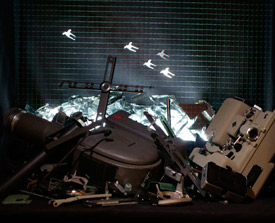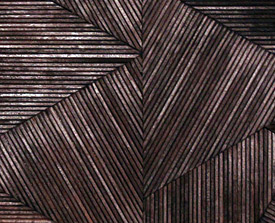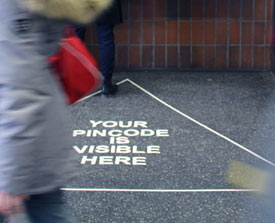Konstfack Degree Exhibition 2015 / Vårutställning 2015
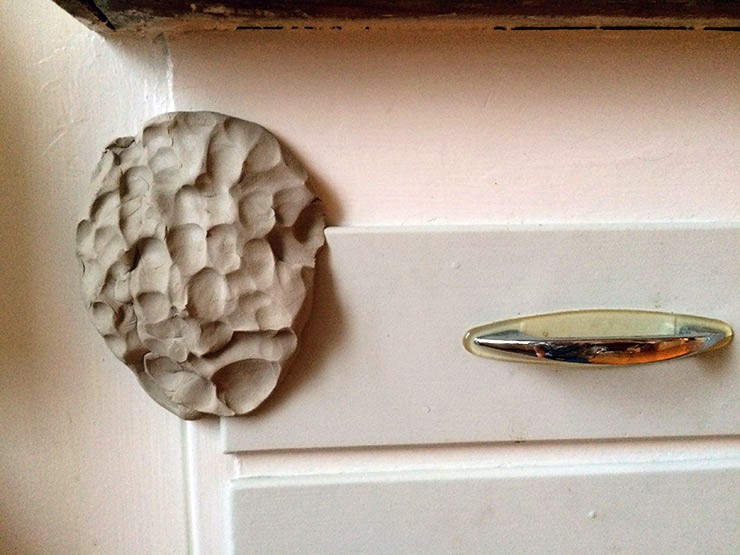
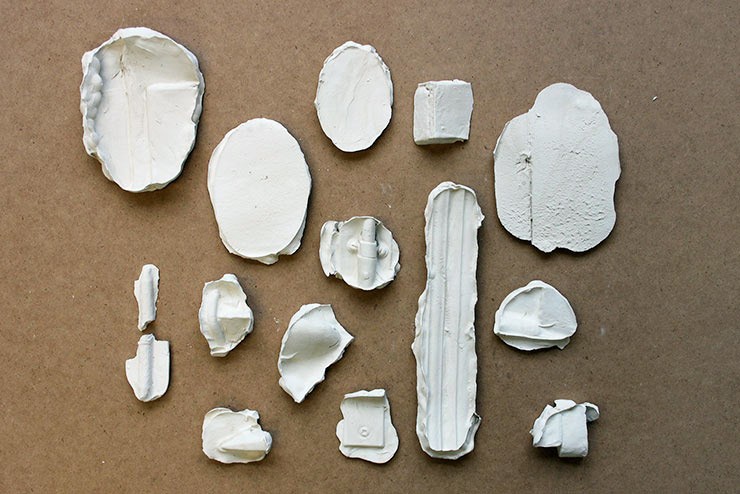
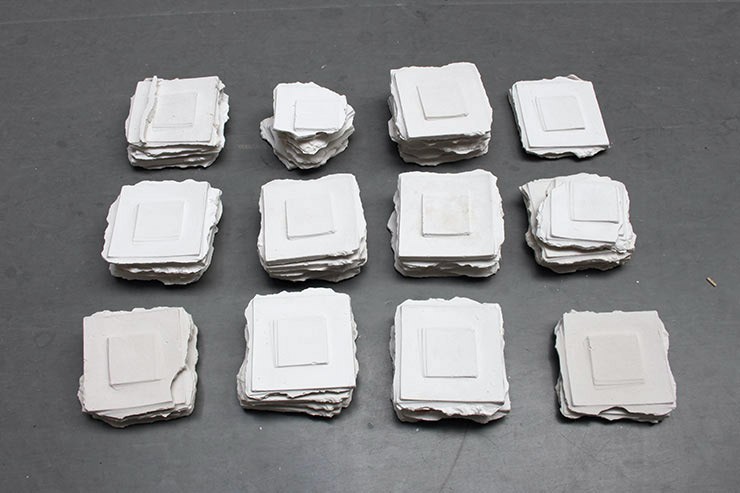
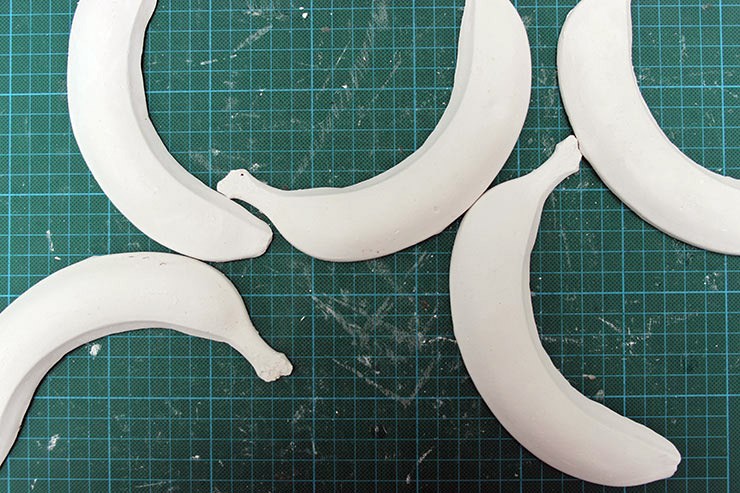
If I were to explain the phenomenon Stucco before I did my degree project, I would have said that it is a plaster paste that is used within architecture and interior architecture, with a lot of history and tradition. It is about a genuine hand craft and this element affects a space in a lot of ways.
I find a lot of things interesting with stucco, and I have been meaning to experiment with this phenomenon. How does stucco affect a space, if it has unexpected objects that are pictured in it instead of the classic greenery?
Stucco is often made by hand and a lot of hours are spent on it. What if I show the human touch a bit more, the history behind the copying of an original? And how does a space turn out when the stucco is more about tactility and not only about being looked at from a distance?
Om jag skulle förklara fenomenet stuckatur innan jag gjorde mitt examensarbete hade jag sagt att stuckatur är en gipsblandning som används inom arkitektur och inredningsarkitektur, med mycket historia och tradition. Det har att göra med ett gediget hantverk och elementet påverkar rummet på många sätt.
Mycket kring stuckatur tilltalas jag av, och jag har velat experimentera med detta fenomen. Hur förändras intrycket av en stuckatur om det är oväntade avbildningar istället för den klassiska grönskan?
Stuckatur är ofta gediget gjort, det är många arbetstimmar som ligger bakom den perfektion som ofta eftersträvas. Hur blir det om jag visar den mänskliga handen bakom ännu mer, historien bakom kopierandet av ett original? Och hur påverkas ett rum av en stuckatur som handlar om taktilitet och en närmare relation till kroppen?
